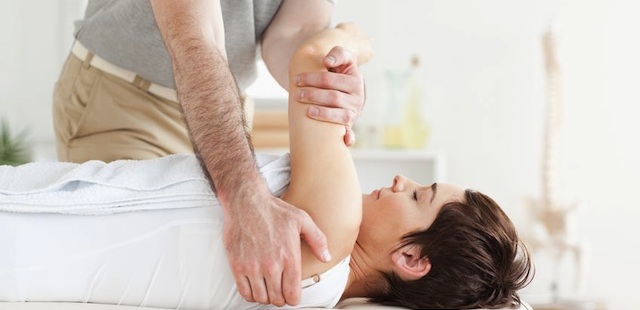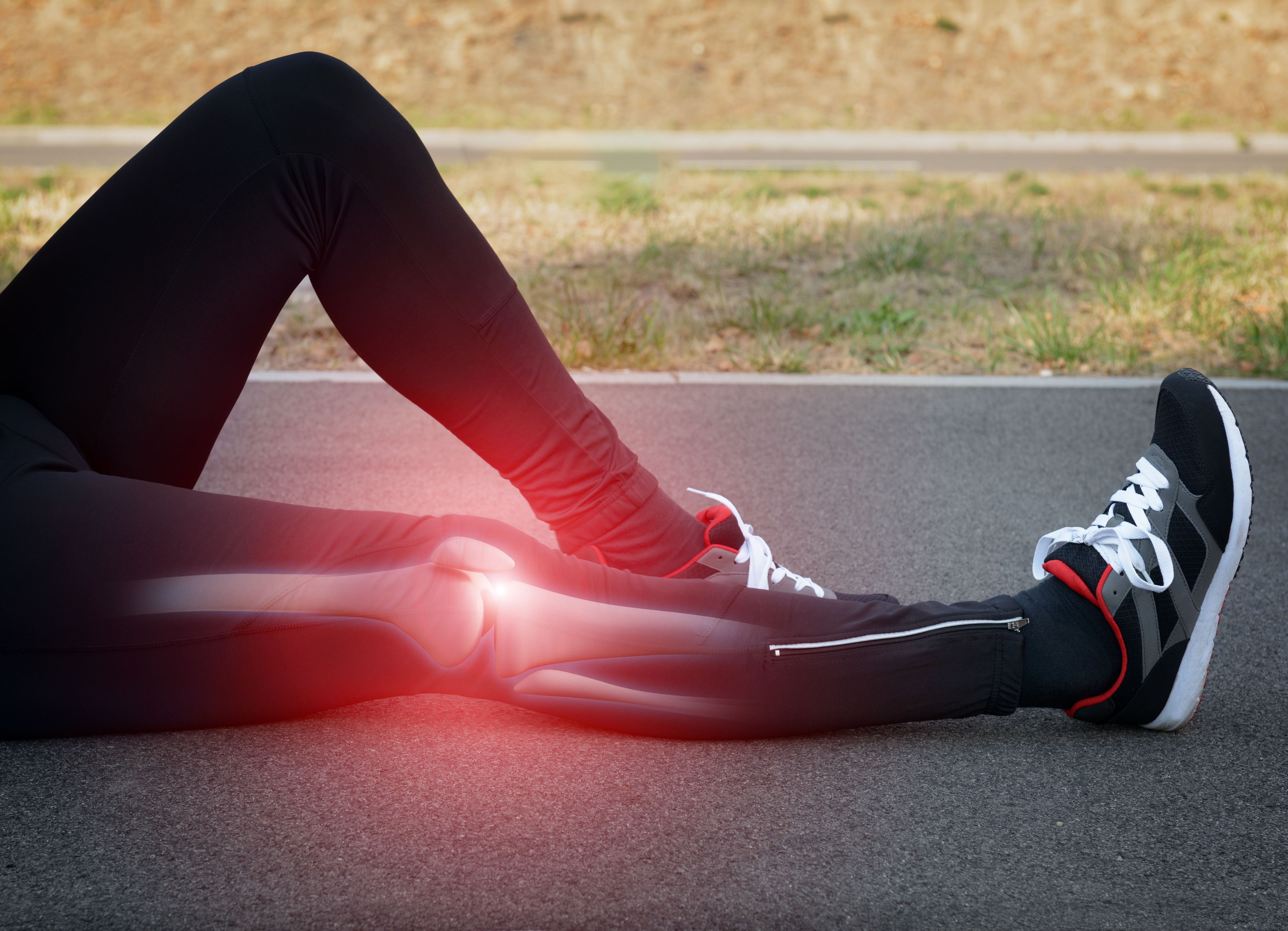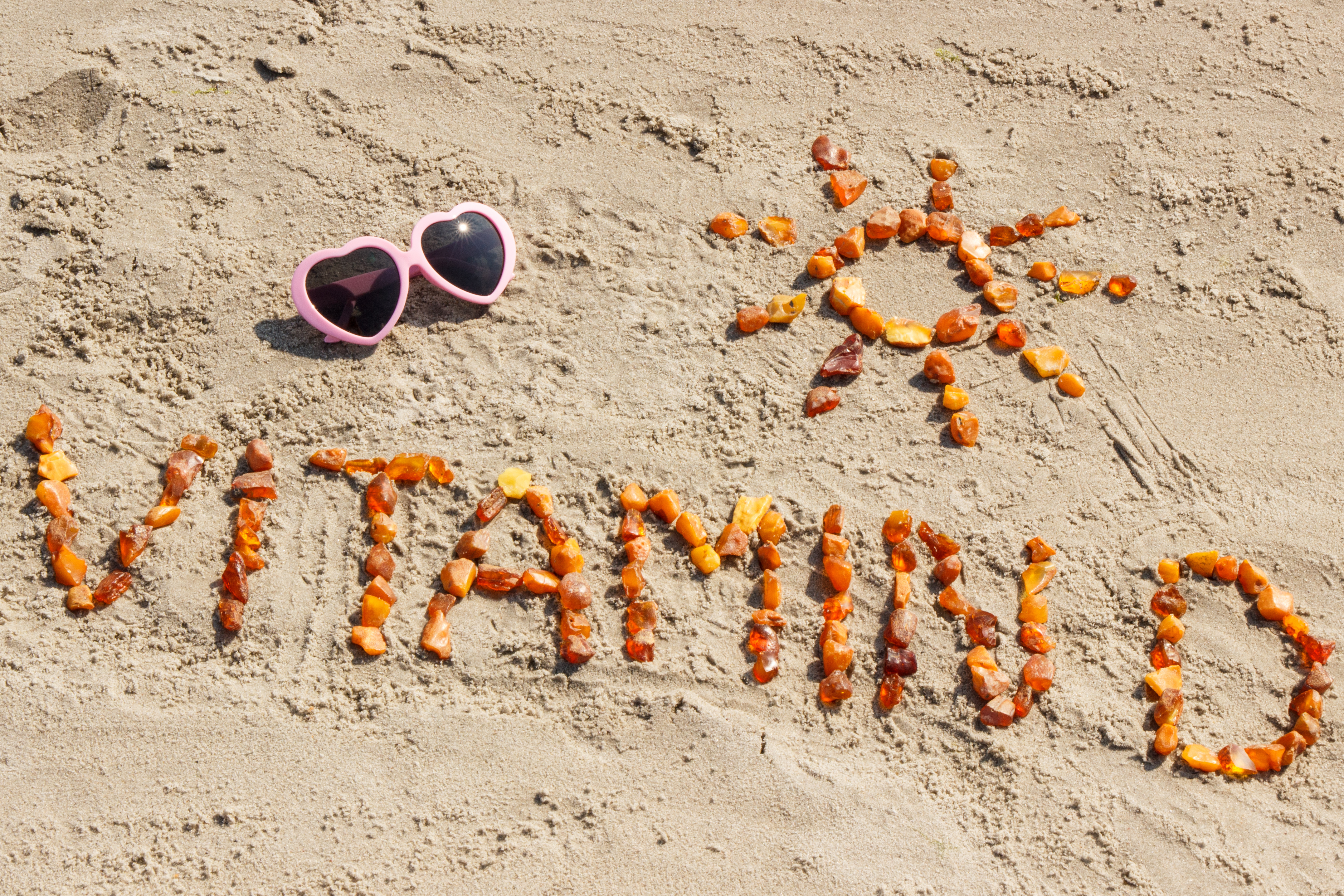Inflammation is the body's way of fighting against things that harm it, such as infections,…

Therapia Newsletter from Serge Tampakakis
Advanced Sports Stretching & Kinesio Taping Updates Raynor Massage Deep Tissue Therapeutic Massage
Hello everyone. I hope you are all doing well and that you are enjoying the weather! It has been a while since the last Therapia Newsletter. It has been a busy winter, where I attended a new course Advanced Sports Stretching by the award winning Jing Institute in Brighton. Also, new clients joined our team, each one on their own individual therapeutic journey. In this Newsletter, I am going to talk about the many benefits of stretching, and catch up with the latest developments on Kinesio Taping.
The Benefits of Stretching
Effective stretching is an essential part of manual therapy and can maximize results when dealing with chronic pain, prevent injury and facilitate recovery. Stretching involves placing parts of the body in certain positions with the purpose of lengthening muscle tissue. This can be achieved by stretching the muscle throughout its length from its origin (attachment to bone structure at a stationary point) to its insertion (opposite end – less stationary point). Lengthening muscle tissue improves flexibility and range of motion; this reduces the risk of injury as the body gets prepared for physical activity and moves more freely. Stretching also reduces fatigue by balancing out the agonist muscle group (muscles that have been the focus of the work out or were overused during physical activity) with the antagonist group (opposing/opposite muscles). Furthermore, it improves recovery by increasing circulation in the area, facilitating metabolic waste and blood pooling from micro-tears in the muscle tissue that occur during exercise (called DOMS). Finally, incorporating a stretching regime in your training program will improve posture, decrease pressure on joints and spine, reduce stress and anxiety levels and reduce the risk of injury.
Types of Stretching
Passive Stretching – the client is completely passive, while the practitioner performs the stretching.
PNF- PNF stands for Proprioceptive Neuromuscular Facilitation, in simple terms, client and practitioner are working together in order to ‘beat’ the stretch reflex, which prevents us from stretching to a deeper level. The client engages the muscle on the opposite direction of the stretch for a few seconds, while the practitioner applies the stretch straight after.
Active Isolated Stretching – In this type of stretching, the client is performing the stretch by themselves while the practitioner applies a gentle push at the end of the stretching. There is a lot a movement in this type of stretching, which makes it ideal for pre-event stretching and warm up. When to stretch? The before or after exercise ‘dilemma’ Many people, due to time pressure and other commitments, dedicate little or no time to stretching. The truth is that the majority of us uses very few stretching exercises and will limit our preparation for a work out or a run to a quick ‘warm up’. More importantly, very few individuals engage into stretching or ‘cooling down’ exercises after their training has finished. The truth is that there is no ‘stretching dilemma’.
Different types of stretching are suitable for different stages of sports activity or training. For instance, static stretching or passive stretching are great post-exercise for cooling down the body and facilitating recovery, whereas active stretching is great before exercise as it elevates heart rate, warms up the body and prepares the muscles for physical activity.
Stretching & Raynor Massage Advanced Sports Stretching involves all major muscles and joints in the body, focusing on the body in different positions (supine, prone, seated, side-lying or standing) and can be completed fully clothed. It is a very useful tool as part of a deep tissue massage as it helps to lengthen tissue where tension has been manually released and has become more ‘pliable’. In addition, it can be used as an alternative way of approaching an area that is particularly sore or inflamed. Stretching can be incorporated into a deep tissue session or can be offered as a stand alone treatment. Why stretch? Improves flexibility Results in better range of motion Increases circulation Reduces Stress Leads to Fascia correction – better posture. Alleviate Chronic Aches & Pains Reduces recovery times Improves performance Reduces the risk of injury Stretch & Breathing Stretching is much more effective when used in conjunction with deep breathing. It helps guiding the body to relax, oxygenate and release the tissue on a deeper level.
Therapia links: www.sergetherapiamassage.com www.facebook.com/Sergetherapia www.twitter.com/Sergetherapia Serge Tampakakis e: serge.therapia@ymail.com t: 07527 075 964
Kinesio Taping
New Kinesio Tape FP – The New Kinesio Tape is available now at Therapia. After research, constant work and with feedback from athletes together with new technology developments, Kinesio have released a new, improved version of the tape: •Higher Grade Cotton – the new version of the tape is significantly lighter, more comfortable and has improved breathability. •Micro-Grip Adhesion – gives better grip and hold. •Patented Finger Print Technology – greater ‘stickiness’ and breathability with less adhesive. The wave pattern of the adhesive has been replaced with a fingerprint pattern, designed to ‘press’ the tape in place. •Nano Touch Stimulation – The same pattern maximizes stimulation to the cells of the epidermis and underlying areas, which will be more effective at stimulating tissues during the healing process. •New colour – Kinesio tape is now available in white as well as the other four colours.
More news coming up. I hope you are all enjoying the summer!
All the best, Serge.
PS. Follow Therapia on Twitter @SergeTherapia!
Our followers are growing! Help the #stressfreezone trend and expand! Kinesio Taping is offered as a stand alone treatment or as part of Raynor Massage Treatments. Book a combo session and get a discount on Kinesio Taping (£55 for a 75 min session including taping). Stretching is incorporated into a Raynor Massage but it could be offered as a stand alone treatment (£35 for a 45 min session).



